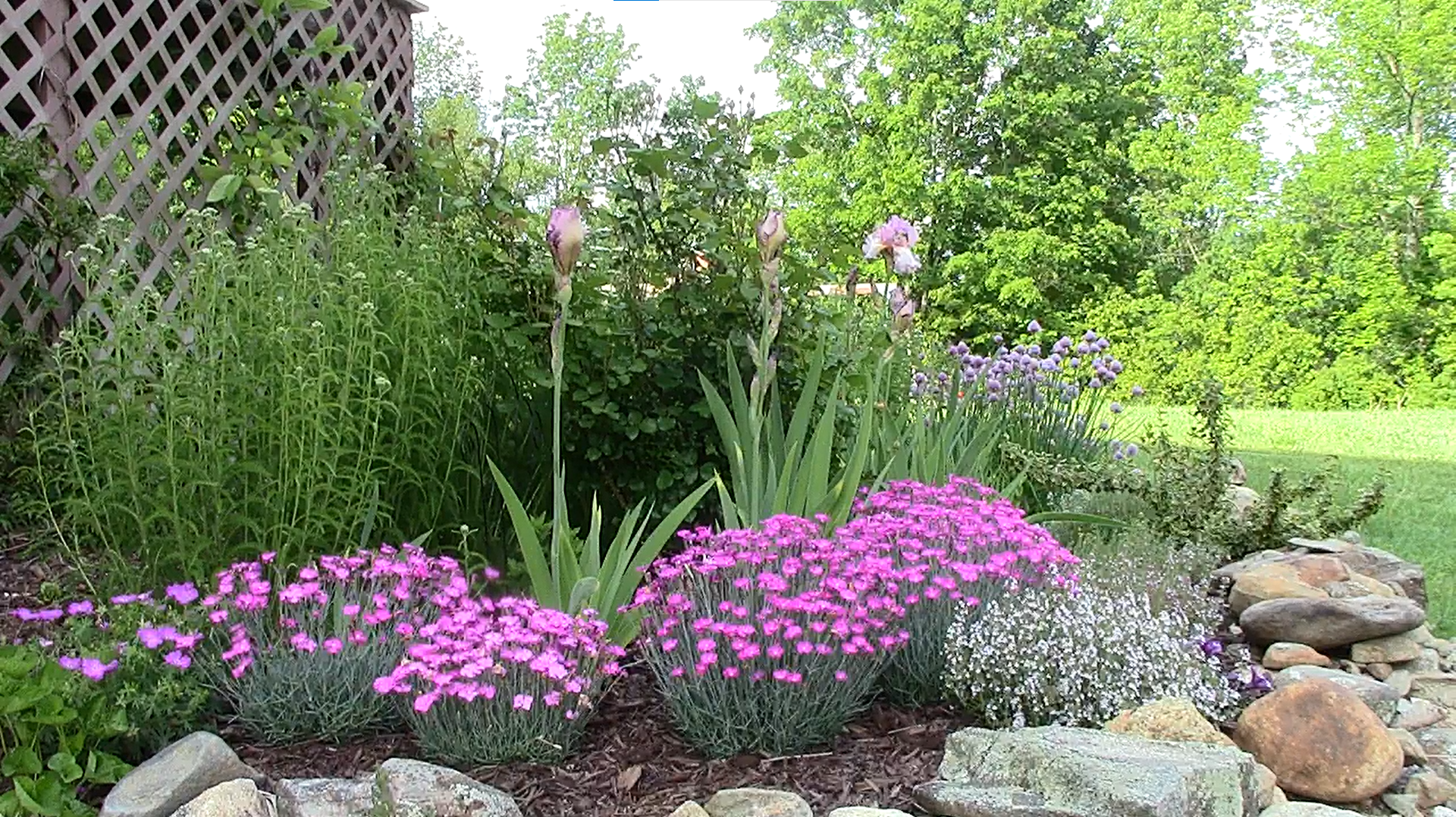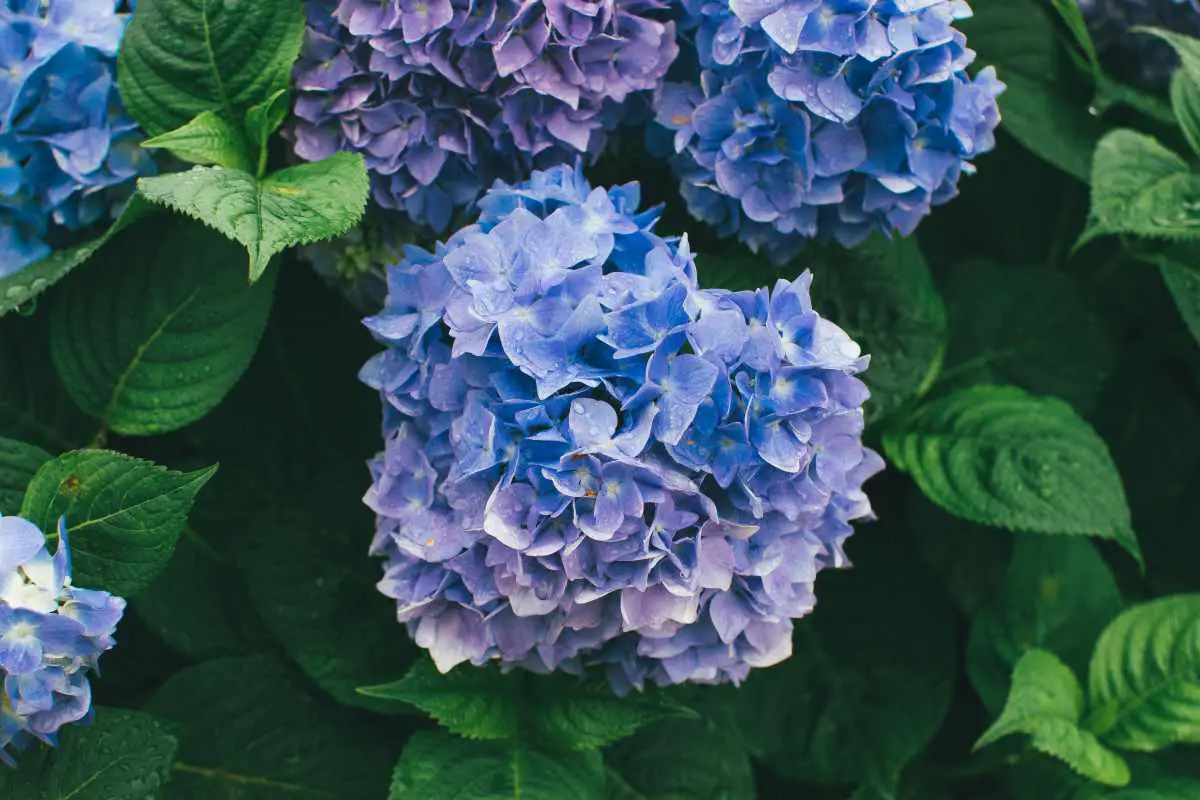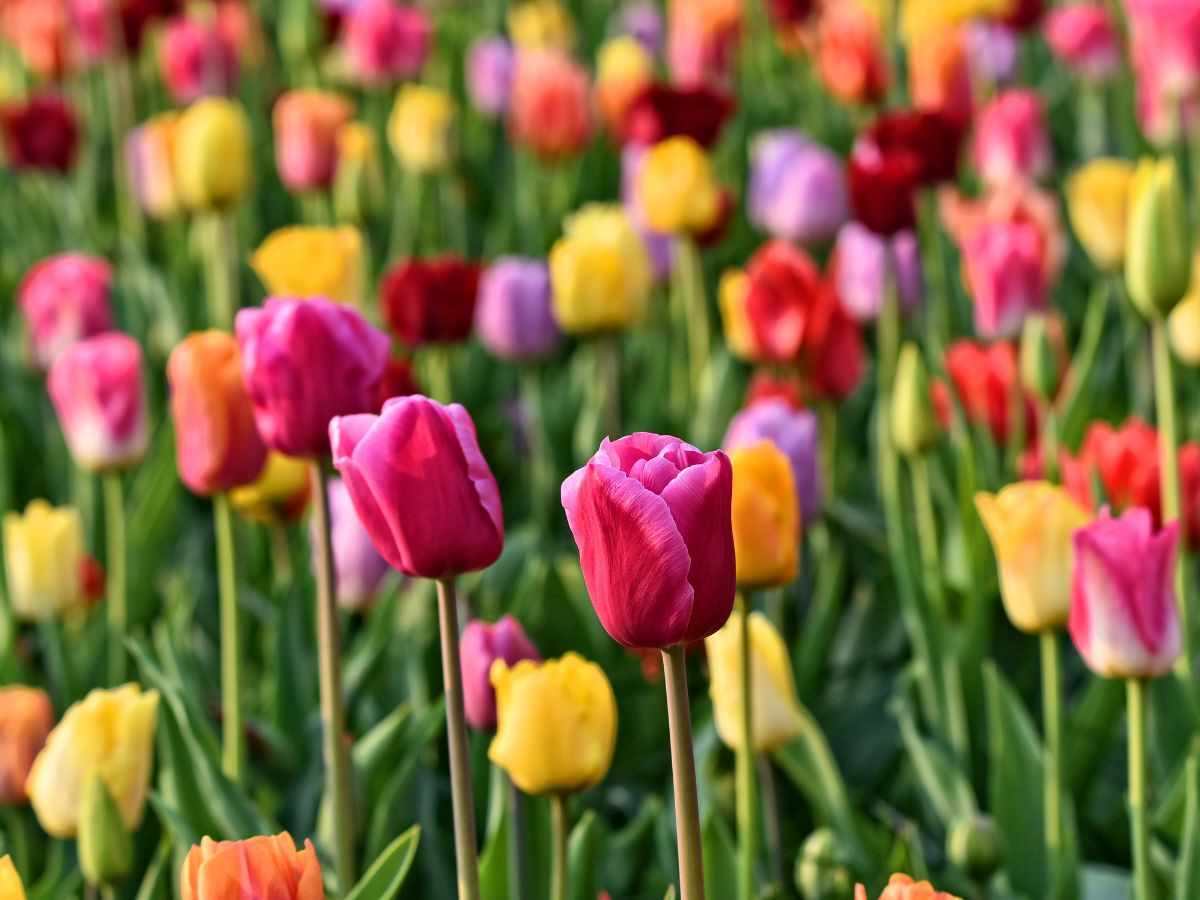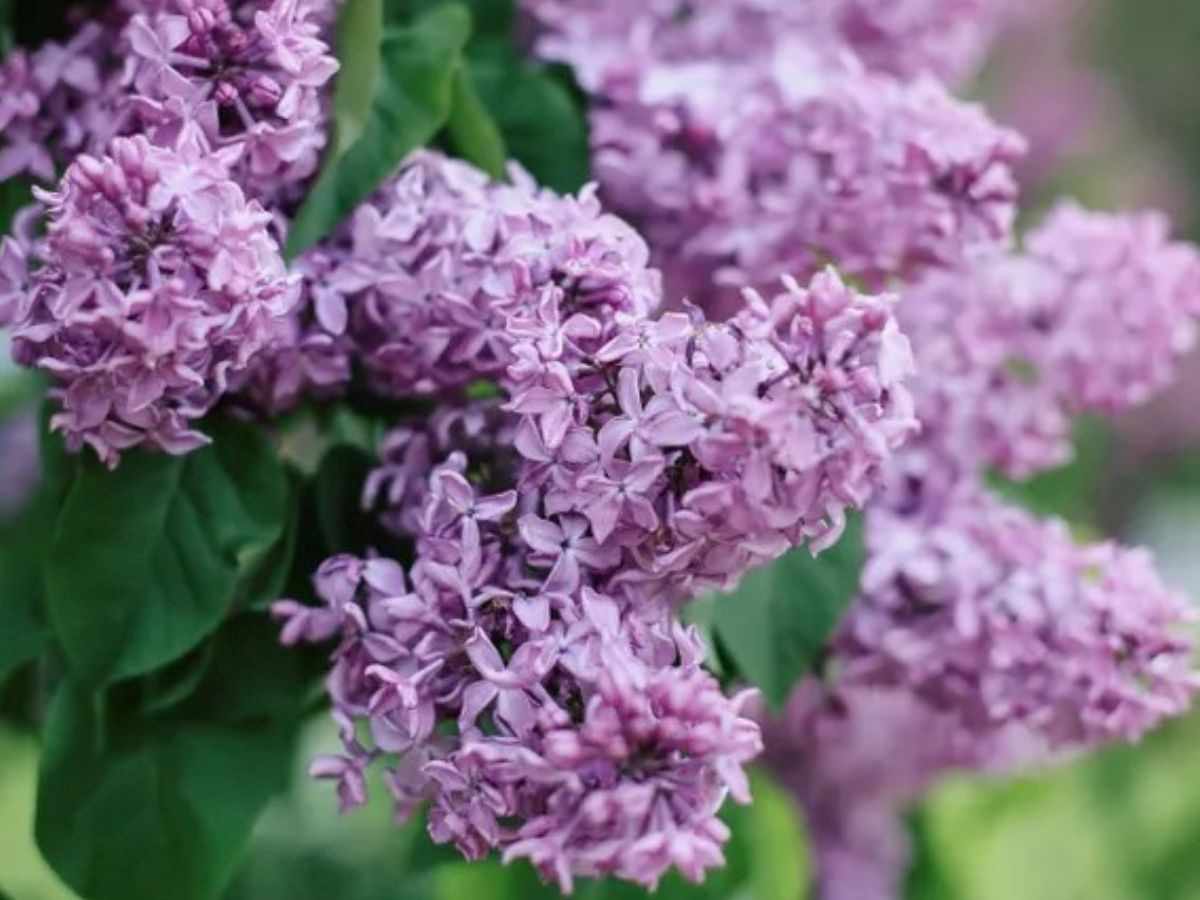If you are looking for a weed free garden, I provide you with six simple steps to achieve that. However, if you want to permanently stop weeds from growing in your garden, I will tell you right now, there is no such thing; but here’s what you can do:
SIX STEPS TO A WEED FREE GARDEN
- Use cardboard or newspapers
- Apply Mulch
- Plant thickly
- Pull weeds often (daily, or weekly)
- Use a garden hoe or rake
- Plant a cover crop
THE CHEAPEST WAY TO KEEP WEEDS FROM GROWING
The cheapest way to keep weeds from growing in your garden is to use cardboard\, or/and newspapers.
I have recently become a cardboard hoarder to the point that it was slightly upsetting my husband. But I seriously have a very good reason for that.
Cardboard is cheap. It is even free. Any time you buy something online, it usually comes in a cardboard box.
In the day and time that we live in, almost everyone is buying everything online.
Even if you are not a person that happens to buy things online, you can still get cardboard for free.
Grocery stores, or big-box stores would be happy to give you any excess cardboard boxes that they have just recently emptied in order to put their supplies on the shelf.
You can also get free cardboard if you go to your local transfer station, or dump.
If you think about it, you are helping in recycling cardboard. For a very good use I might add. For a weed free garden.

How to Use Cardboard in the Garden
If you have a wide space that you want to prevent weeds from growing in, you can easily apply this cardboard method.
However, there are two things to consider before you begin:
- Tilled or pre-weeded space
- Non Tilled full of weeds space
Weed Free Garden in a Tilled or Pre-Weeded Space
This can be pretty simple. Here is how to do it.
- Use a cardboard that has the least amount of coloring on it. Brown cardboard is the best.
- Remove any stickers, tape, or staples off of your cardboard
- Open the cardboard box at the seams and lay it out flat.
- Place the cardboard over the area where you wish to prevent weeds from coming back.
- Overlap the cardboard to prevent weeds from popping in between, or through holes.
- Thickly cover any remaining holes in the cardboard with some more cardboard. This will prevent future weeds from coming back.
- Way down the cardboard with rocks or a heavy piece of wood to prevent the wind from blowing it away.
- You can wet the cardboard by soaking it with water. This step makes it easier to poke holes into the cardboard, in order to plant.
- Lay down compost over the cardboard to provide the soil with nutrients. Or, you can place organic kitchen scraps, and grass clippings (weed free) over the area before you lay down the cardboard.
You are now ready to plant and use that area.
Weed Free Garden in a Non-Tilled Full of Weeds Space
If you have very invasive weeds, or weeds that spread by rhizomes, you may need to apply a weed killer, possibly multiple times, before you can use this area.
However, if you have something like grass, or weeds that do not spread by rhizomes, here is what you should do.
- Use a cardboard that has the least amount of coloring on it. Brown cardboard is the best.
- Remove any stickers, tape, or staples off of your cardboard
- Open the cardboard box at the seams and lay it out flat.
- Place the cardboard over the area where you wish to kill the weeds or grass.
- Thickly overlap the cardboard to prevent the weeds and grass from popping in between, or through any holes.
- Thickly cover any remaining holes in the cardboard with some more cardboard.
- Way down the cardboard with rocks or a heavy piece of wood to prevent the wind from blowing it away.
- Begin to soak the cardboard daily for several weeks by spraying it with water. This creates a sterile bed, first by suffocating the grass and weeds beneath the cardboard, and second by allowing weed seeds to germinate and die because they cannot reach the light.
- Check under the cardboard about once a week to see if the weeds have completely died.
- Once the weeds and grass have died, you can either plant directly, or you can apply compost and mulch and then plant.
How to Use Newspapers in the Garden
If you have an already established flower bed or vegetable bed and you want to minimize the weeds from popping in your garden, here is what you can do.
- Thoroughly weed your garden
- Place several layers of newspaper directly between your plants. Do not use just one layer. One layer is not enough to stop the weeds from coming back.
- Once you have covered your flower bed or vegetable bed with the newspapers, apply a thick layer of mulch over the newspapers.
- Pull mulch away from the crown of plants to prevent them from rotting.
This should minimize the amount of weeds in your garden drastically.

APPLY MULCH FOR A WEED FREE GARDEN
The second way to prevent weeds from growing in your vegetable garden or flower garden is to apply mulch.
Whether you choose to apply the cardboard/newspaper method in your garden or not, mulch should always be used.
If you end up using cardboard, or newspapers, apply a thick layer of mulch over the cardboard or newspapers. The mulch should be between 4 to 6 inches in thickness.
Why mulch. Mulch will way down the cardboard or newspapers, and prevent them from blowing in the wind.
As the cardboard and newspapers begin to brake down, they will attain holes and rips in them. The mulch will cover up these holes and rips preventing any future weeds from popping from beneath the soil.
You can get free mulch by contacting any tree cutting service company. They usually want to get rid of the mulch, and they would be happy to provide you with it.
Even if you do not apply cardboard or newspapers, having a thick layer of mulch will help you achieve a “weed free” garden.
Just keep in mind that even with using both methods, or any method, you may still have to weed.
PLANT THICKLY FOR A WEED FREE GARDEN
As you plant, plant things close together. This will make less room for weeds to seed themselves. It will also prevent the light from reaching any weeds that may have sprouted, and as a result, slow down their growth.
PULL WEEDS OFTEN FOR A WEED FREE GARDEN
Whether you use, cardboard, newspapers, mulch, a weed preventer, or really anything else, you are still going to have some weeds.
It will not be a lot of weeds, but mainly weeds that have sprouted from seeds. These seeds come through weeds that have had their seeds blown in the wind, or animals have eaten their seeds and dropped them in your garden.
For this reason, you will need to regularly check on your garden either daily, or weekly. Pull up any weeds you see immediately to prevent them from going to seed and establishing their roots.
You can pull weeds by hand, or using a tool such as a Hori knife. Now a days, they have a tool for every weed you can imagine. My go-to tool for most weeds is the Hori knife.
USE A GARDEN HOE OR A RAKE FOR A WEED FREE GARDEN
This method should be applied as often as needed.
Any time you see any weeds sprouting, you can simply pull them up by scraping the first few inches of the soil surface using either a garden hoe or the back of a level head metal rake.
Keep in mind, that this technique should only be used on non invasive weeds that do not spread by rhizomes or by cuttings.
An example of invasive weeds is creeping Charlie, or sheep sorrel.
PLANT A COVER CROP FOR A WEED FREE GARDEN
An awesome way to have a virtually weed free garden is by planting a cover crop.
A cover crop can be something that provides either beauty or nutrients, or both to your garden.
An example of a cover crop for your flower garden would be something like lamium, or creeping thyme.
These plants provide beauty and minimize weed growth because they cover a large area of ground.
An example of a cover crop for your vegetable garden would be something like Dutch clover, or lentils.
I prefer to use lentils as they are not invasive. These types of cover crops are usually packed with nitrogen. They have nitrogen modules connected to the roots. So they would be great planted around plants that require a lot of nitrogen such as leafy greens.
Clover seems to be a bit more invasive because it spreads by rhizomes and it seeds itself readily.
Once you are done with your cover crop, you can till it back into the ground. Not only the roots provide the soil with nitrogen, but also the leaves of the cover crop, once it’s tilled back into the soil.
Remember, there is no such thing as a weed free garden, but following these steps will help you achieve an almost weed free garden. Cheers!
GARDENING RELATED TOPICS
GLUTEN FREE RECIPES
And..
Gluten Free Zalabia (Mediterranean Vegan And Nut Free Donuts)
Disclosure: Some of the links in this post are “affiliate links”. This means if you click on a link and purchase the item, I will get an affiliate commission. It will not cost you any extra money, but it will help me pay for this website, and it will help me to keep providing you with helpful articles such as this one. I only post links to products that I personally use and love, or to products that I wish I could have, and that could be of value to you. The information that I provide you with, my blog, videos, and many resources are free.





Be the first to reply